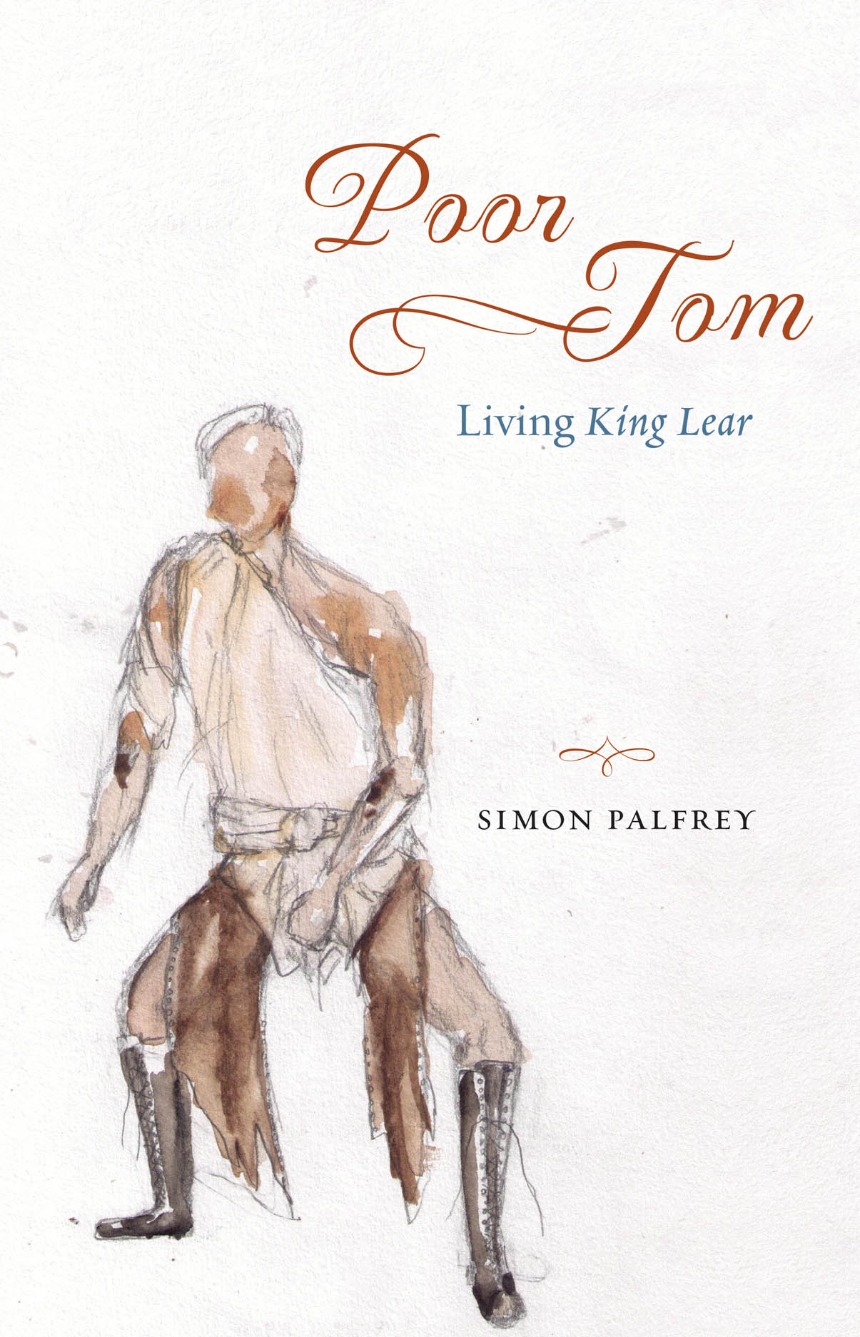Poor Tom
Living "King Lear"
In Poor Tom, Simon Palfrey asks us to go beyond any such received understandings—and thus to experience King Lear as never before. He argues that the part of Edgar is Shakespeare’s most radical experiment in characterization, and his most exhaustive model of both human and theatrical possibility. The key to the Edgar character is that he spends most of the play disguised, much of it as “Poor Tom of Bedlam,” and his disguises come to uncanny life. The Edgar role is always more than one person; it animates multitudes, past and present and future, and gives life to states of being beyond the normal reach of the senses—undead, or not-yet, or ghostly, or possible rather than actual. And because the Edgar role both connects and retunes all of the figures and scenes in King Lear, close attention to this particular part can shine stunning new light on how the whole play works.
The ultimate message of Palfrey’s bravura analysis is the same for readers or actors or audiences as it is for the characters in the play: see and listen feelingly; pay attention, especially when it seems as though there is nothing there.
280 pages | 5 1/2 x 8 1/2 | © 2014
Literature and Literary Criticism: British and Irish Literature, Dramatic Works
Reviews
Table of Contents
On Texts
1. Prelude: The Hanging Man
2. Introduction
3. Interlude: The Stranger
4. Scene 1: Into the Hollow
5. Interlude: Job Redux
6. Scene 2: Enter Tom
7. Interlude: Tom Is…?
8. Scene 3: Tom’s Voices
9. Interlude: To Be Allegory
10. Scene 4: Tom’s Places
11. Interlude: History Man
12. Scene 5: Lurk, Lurk
13. Interlude: Living King Lear
14. Scene 6: Shuttered Genealogy
15. Interlude: Decreated
16. Scene 7: Fool to Sorrow
17. Interlude: Humanist and Posthumanist: A Dialogue
18. Scene 8: To the Edge of the Cliff
19. Interlude: The Binding
20. Scene 9: Fallen, or Not?
21. Interlude: Everyman
22. Scene 10: Alive, or Dead?
23. Interlude: The Pending World
24. Scene 11: Dark Places
25. Interlude: Jacob and Esau
26. Scene 12: Departures
27. Conclusion: Shakespeare’s Radical
28. Afterword
Bibliography
Index
